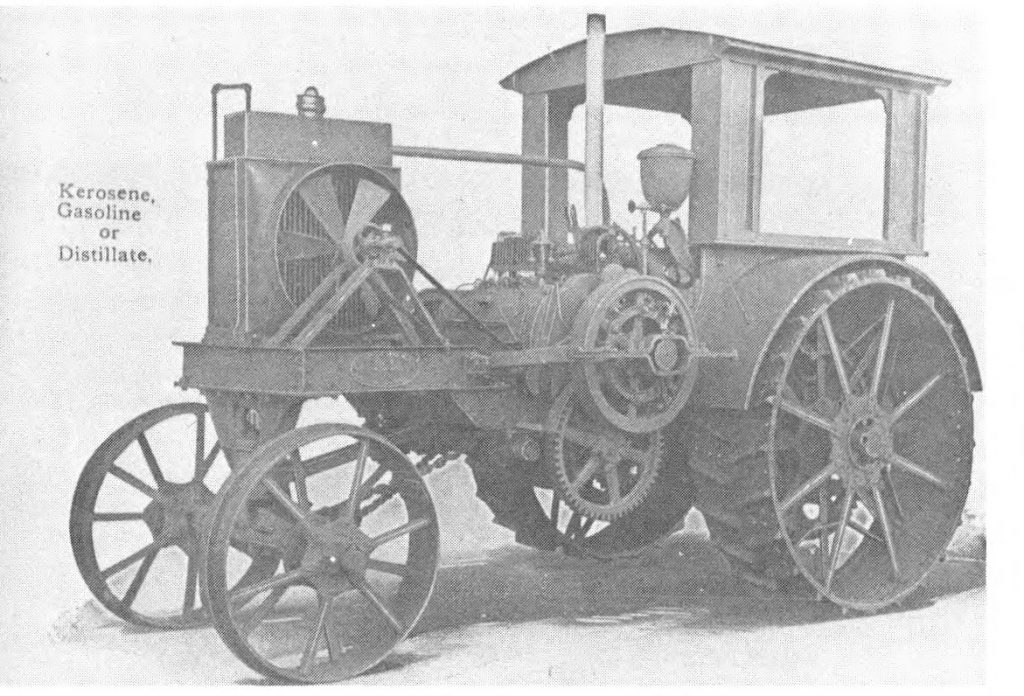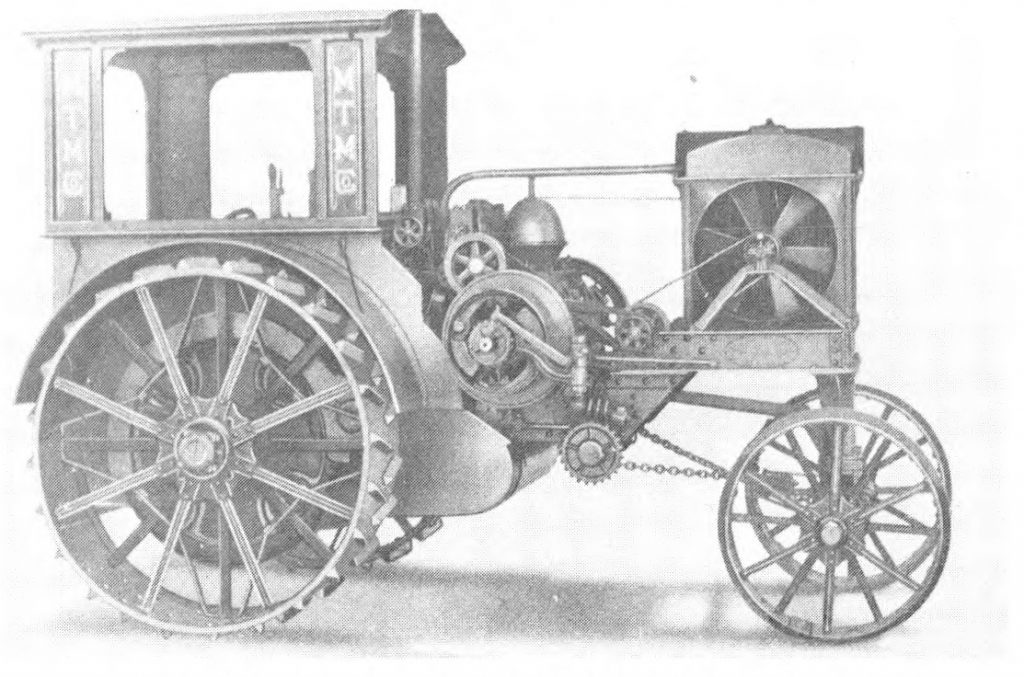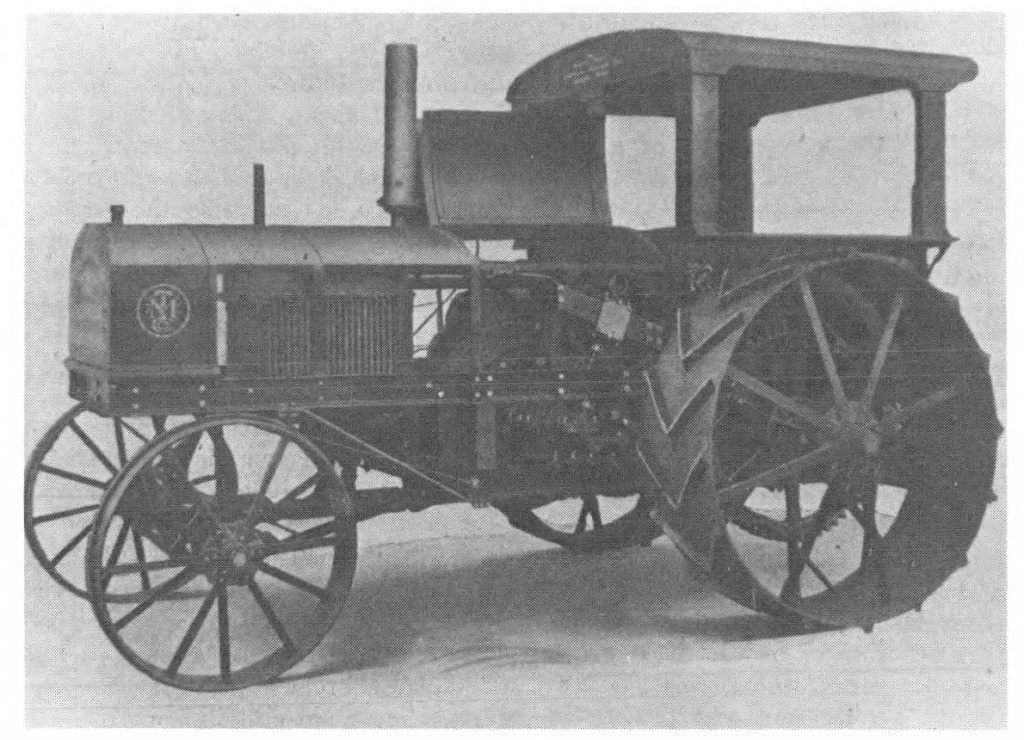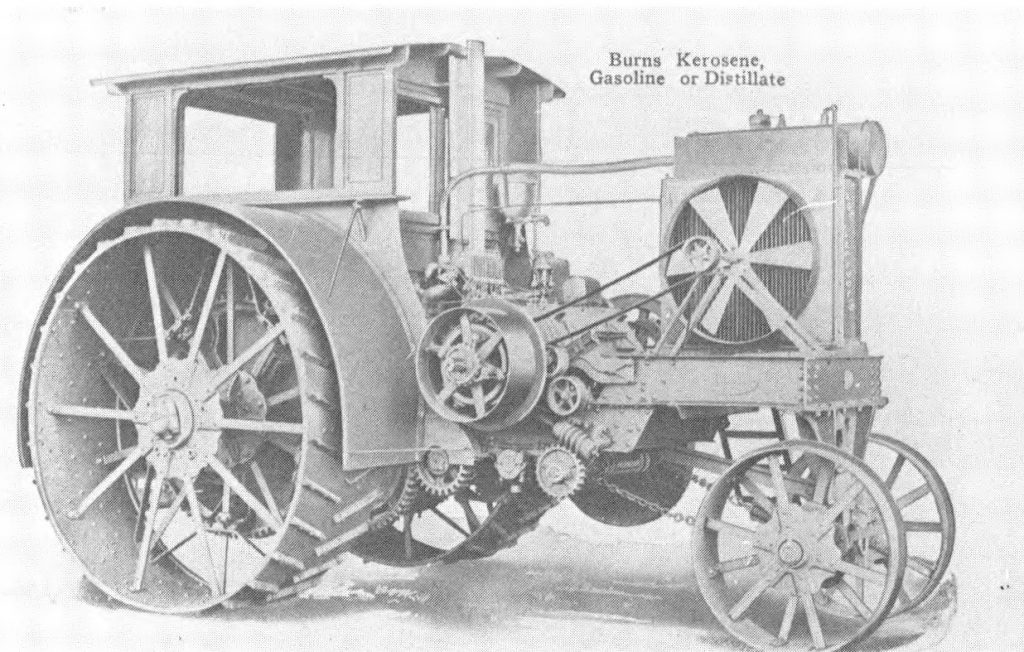Models
Model |
Configuration |
Years |
# Produced |
|---|---|---|---|
| Universal | 1911 |
||
| Minneapolis Farm Motor | 1911 |
25 |
|
| 20-40 | Standard-Tread |
1914-1919 |
|
| The Minneapolis “15” | 1915-? |
||
| 15-30 | Standard-Tread |
1915-1919 |
|
| 40-80 | Standard-Tread |
1918-1919 |
|
| 35-70 | Standard-Tread |
1920-1929 |
|
| 22-44 | Standard-Tread |
1921-1927 |
|
| 17-30 A | Standard-Tread |
1922 |
|
| 17-30 B | Standard-Tread |
1922 |
